Splined Shafts: Essential Components in Modern Machinery
Introduction
In the world of mechanical engineering and manufacturing, shafts play a critical role in power transmission and motion control. Among the various types of shafts, splined shafts and rotor shafts stand out due to their specific applications and benefits.
1. What is a Splined Shaft?
Definition
A splined shaft is a mechanical component with teeth or ridges (splines) on its outer surface. These splines fit into corresponding grooves in a mating part, ensuring a secure connection that can transmit torque efficiently.
Materials
Common materials for splined shafts include:
Carbon Steel: Offers good strength and wear resistance.
Alloy Steel: Provides enhanced durability and resistance to fatigue.
Stainless Steel: Known for its corrosion resistance, ideal for harsh environments.
Chromoly Steel: Combines chromium and molybdenum for superior strength and toughness.
1.1. Types of Splined Shafts
Involute Splines: Have curved, involute-shaped teeth, providing a self-centering feature that ensures even load distribution.
Straight Splines: Feature straight-sided teeth, commonly used in automotive and industrial applications.
Helical Splines: Have helical teeth, providing smooth torque transmission and reducing stress concentrations.
1.2. Applications
Automotive Transmissions: Splined shafts are used to connect gears and other components, ensuring efficient power transfer.
Industrial Machinery: Utilized in heavy machinery for torque transmission and precise motion control.
Aerospace: Used in aircraft control systems and propulsion mechanisms.
Agricultural Equipment: Essential in tractors and other machinery for reliable power transmission.
2. Benefits of Splined Shafts
High Torque Transmission: Splined shafts can handle high levels of torque without slipping.
Precise Alignment: The splines ensure accurate alignment between connected parts.
Durability: Made from robust materials, splined shafts offer long-lasting performance.
Versatility: Available in various sizes and configurations to suit different applications.
3. What is a Rotor Shaft?
Definition
A rotor shaft is a central shaft in electric motors and turbines, on which the rotor is mounted. It plays a crucial role in the conversion of electrical energy to mechanical energy (or vice versa) by rotating at high speeds.
Materials
Common materials for rotor shafts include:
High-Strength Steel: Provides the necessary durability and strength for high-speed rotation.
Stainless Steel: Offers excellent corrosion resistance, especially in harsh environments.
Alloy Steel: Known for its toughness and resistance to fatigue, ideal for high-stress applications.
4. Types of Rotor Shafts
Solid Rotor Shafts: Made from a single piece of metal, providing maximum strength and rigidity.
Hollow Rotor Shafts: Reduce weight without compromising strength, ideal for applications where weight reduction is crucial.
Applications
Electric Motors: Rotor shafts are the backbone of electric motors, facilitating the conversion of electrical energy to mechanical energy.
Turbines: Used in wind turbines, steam turbines, and gas turbines to convert kinetic energy into electrical energy.
Generators: Essential components in generators for converting mechanical energy back into electrical energy.
Aerospace: Used in jet engines and other propulsion systems.
5. Benefits of Rotor Shafts
Efficient Energy Conversion: Essential for the efficient conversion of energy in motors and turbines.
High-Speed Performance: Designed to withstand high rotational speeds without deformation.
Durability: Made from high-strength materials to endure extreme conditions.
Precision: Ensures smooth and reliable operation of the rotor.
6. Machining Techniques for Splined Shafts and Rotor Shafts
6.1. CNC Machining
Turning: Shapes the outer surface of the shaft.
Milling: Creates complex geometries, including splines and keyways.
Grinding: Ensures high precision and a smooth surface finish.
Broaching: Used specifically for cutting internal splines and keyways.
6.2. Cost Considerations
Material Costs: High-quality materials can increase the overall cost.
Complexity: More intricate designs require advanced machining techniques, raising the cost.
Production Volume: Higher production volumes can reduce the per-unit cost.
6.3. Surface Finishing Processes
Polishing: Achieves a smooth, reflective surface.
Plating: Adds a protective layer to enhance wear and corrosion resistance.
Coating: Protective coatings, such as powder coating, provide additional protection against environmental factors.
6.4. Quality Control
Dimensional Inspections: Ensures shafts meet specified tolerances.
Material Testing: Verifies material properties to meet required standards.
Surface Quality Checks: Inspects the surface finish for defects.
Functional Testing: Ensures the shaft performs correctly in its intended application.
Conclusion
Splined shafts and rotor shafts are integral components in modern machinery, ensuring efficient power transmission and energy conversion. By understanding their materials, types, applications, and benefits, manufacturers can produce high-quality shafts that meet the demanding requirements of various industries.

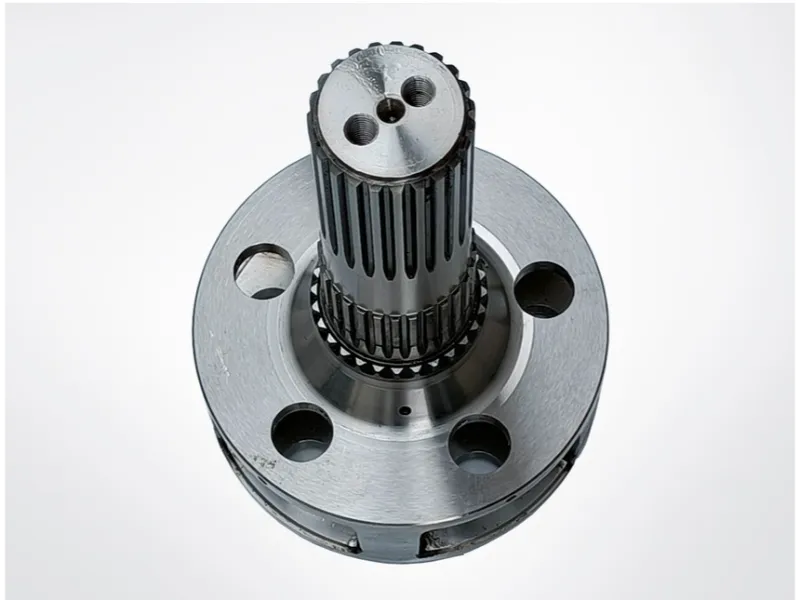
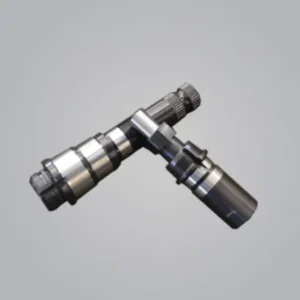
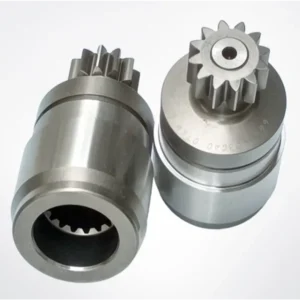
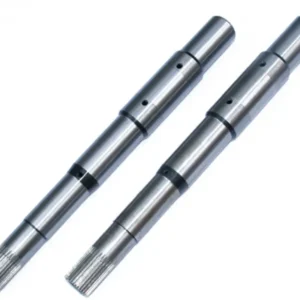
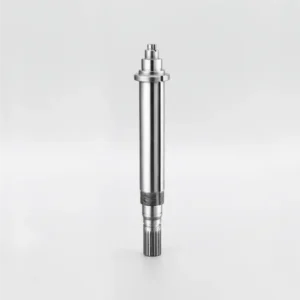
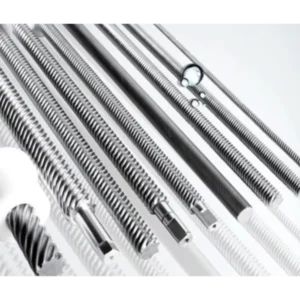
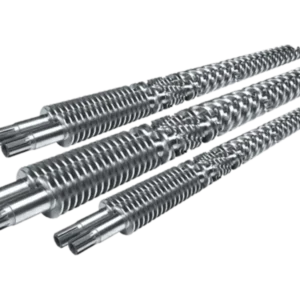
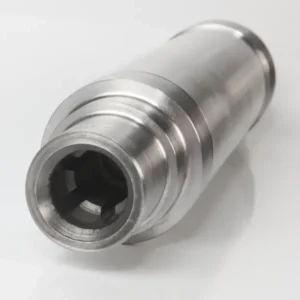
Reviews
There are no reviews yet.